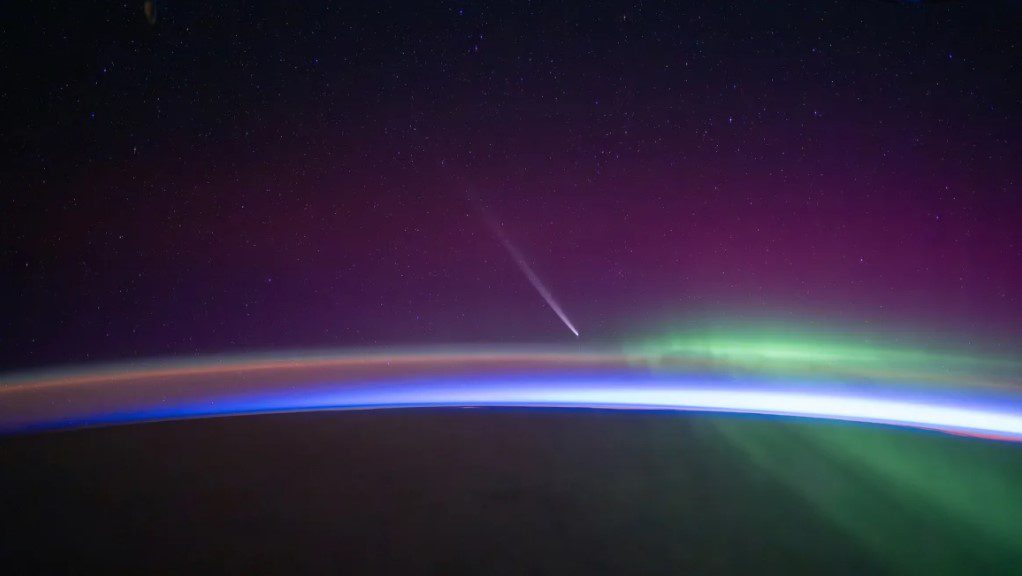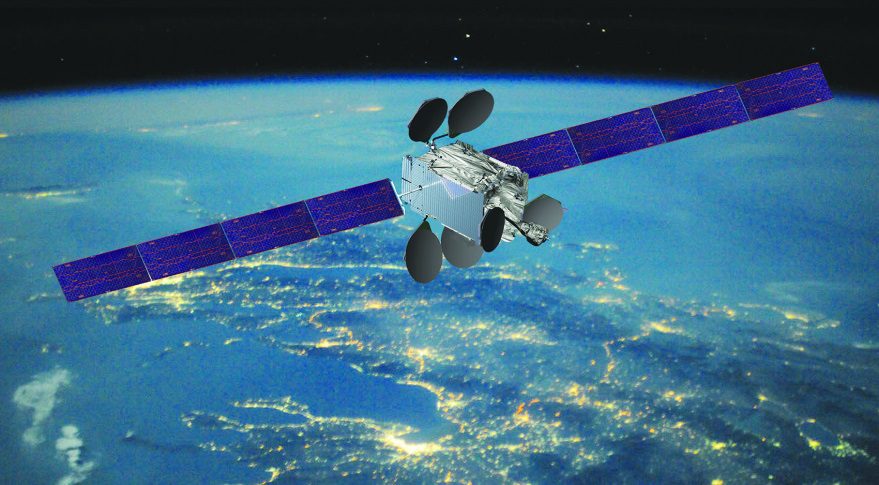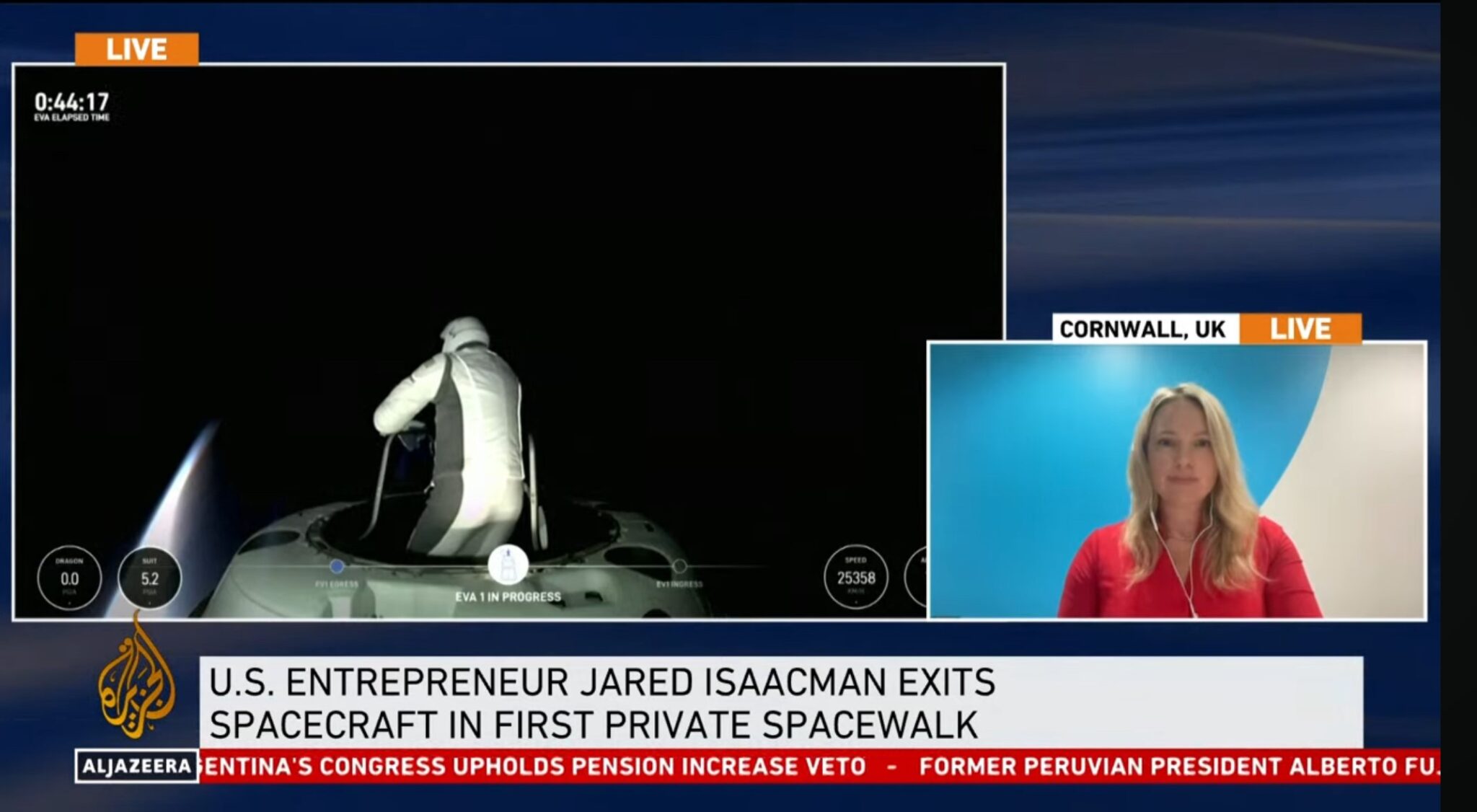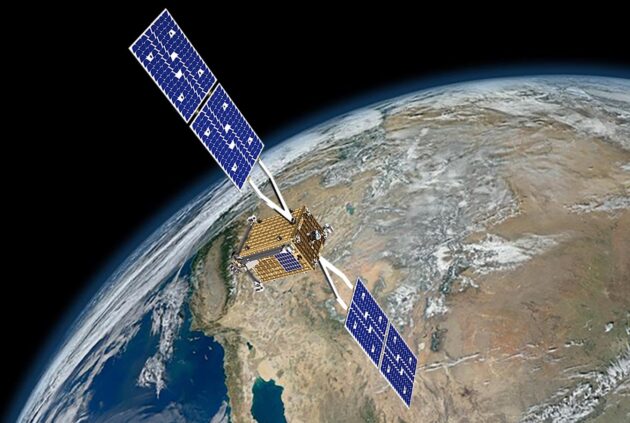While the FIFA World Cup and the Olympic Games remain unmatched as individual world TV and satellite broadcasting events, in third, but way ahead of the rest, is the sport of Formula One motor racing. And it is this world reach that makes Formula One (F1) a money spinner. While the deal took some time to get together, US Based Liberty Media Group has finally agreed acquire from CVC Capital Partners – the current owners of F1, 35% of shares in the sport by acquiring 100% of CVC’s Delta Topco subsidiary, adding to the 18.7% stake in the sport Liberty already holds.
The deal is worth US$8 billion (including the acquisition of US$4.1 billion debt). Liberty will now thus hold a controlling stake in the sport which commands revenues of over US$1 billion per year. Current chief executive and former owner of the F1 sport, Bernie Ecclestone, will be retained in the CEO role.
Earlier this year it was announced in the United Kingdom that the Sky Sports channel of the subscription television (TV) broadcaster, BSkyB, which usually broadcasts to its viewers via the SES satellite constellation, has acquired exclusive British television rights to Formula One (Formula 1) motor racing in a six year deal from 2019 onwards.
Analysts have suggested that current owner CVC was the driver behind the move as they wanted to improve the potential for increased profitability of the sport before its sale. In effect world advertising revenue is being given up for higher paying TV rights revenue. Liberty is set to continue this trend, while also wanting to expand F1’s presence in Asian and US markets. Critics predicted that the move to all subscription television may pay dividends in the short term, however, past experience has shown that in the longer term sports without free television coverage tend to lose their fan base, and with it public and political support and eventually overall revenues as well. Boxing is noted as a case in point after the major world championship bouts became pay-per-view only.
As it is, the over technical nature of Formula One sport, combined with overly predictable races (with too many of them), has already led to a decline in television audiences for Formula one – a trend that seems set to continue unless something is done soon.
Post Script: It is not only the sport that is sick – some of the drivers are starving themselves
The sport science and technological analysis employed in modern sports has improved performances to give participants the edge in competition but there is a major downside: it is actually leading to competitive segregation by body types. For example men’s tennis is now dominated by ysical giants over six foot three inches (1.91m) in height who can blast first serves past their opponents at over 100 miles per hour. The days of mid-sized (5 foot 8 inch – 5 feet 11 inch) players such as Jimmy Connors, Bjorn Borg and John McEnroe whose beautiful touch so enthralled during the 1970s and 1980s are well and truly over. The last of the competitive mid-sizers were perhaps Pat Cash and Andre Agussi who offered up a mid-sized swansong in the 1990s.
Similarly Formula One is not immune to this body segregation effect, albeit that it is acting in the opposite direction. For now Formula One is now dominated by very thin and wiry men of average height or less.
The days of healthy strong looking six foot tall Formula One racing drivers like Graham Hill or James Hunt, or bulky/stocky types like Nigel Mansell or Sir Jack Brabham are similarly long gone. They simply do not exist anymore. Competition weight limits on the car/driver combination saw to that. The writing was perhaps on the wall in 1995 when the McLaren F1 Team found that, having recruited Mansell in what turned out to be an ill-starred signing, it would have to enlarge its cars especially for him.
Formula One motor racing drivers now all have a body type that is usually slightly short but always very lean. Most are wiry 5 foot nine inches or less in height (1.75m). The few tall six footer drivers still in the sport often starve themselves to well below 70kg to make the weights. There is anecdotal evidence that even the shorter drivers are suffering from forms of anorexic eating disorders.






